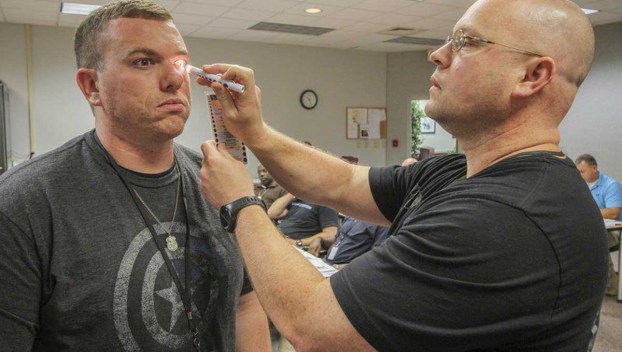
Cnhi Network
Police from 5 states go back to the classroom to learn counter drug measures
MERIDIAN, Miss. — The country’s growing opioid epidemic is forcing law enforcement agencies nationwide to address a growing problem, ... Read more

MERIDIAN, Miss. — The country’s growing opioid epidemic is forcing law enforcement agencies nationwide to address a growing problem, ... Read more